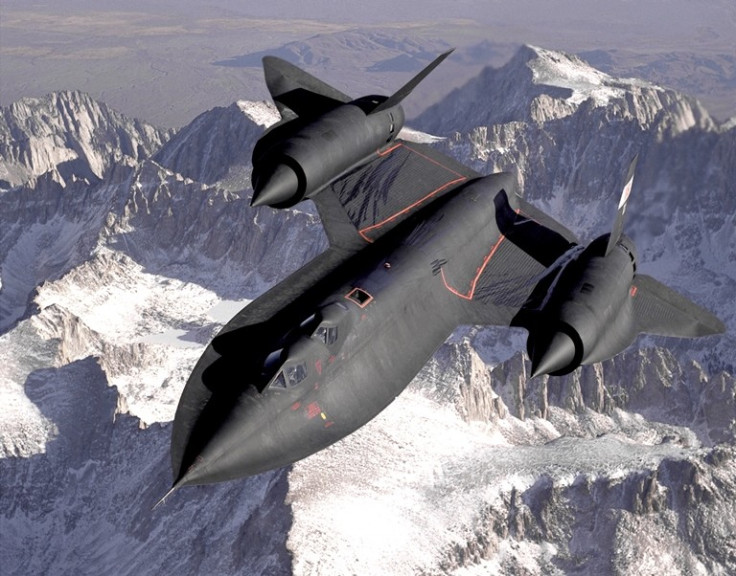In GPS era USAF fighter jets to use stars for navigation: Here is why
In regions where GPS becomes unreliable, future aircraft could make use of accurate celestial navigation.

Astro trackers, or celestial navigation system (CNS), could be making a comeback in future fighters and bombers to help military planes navigate in regions where there is no Global Positioning System (GPS) or is out of reach.
The technology was in use for several hundred years by mariners and in more modern times, pilots, till radio navigation made its way to aircraft, both military and civilian, according to The War Zone. GPS, based on satellite-fed data, then made it simple and cost effective to navigate the planet. GPS is also incredibly accurate and takes up much less space and weight than traditional systems.
Why then will fighters of the future need to make use of archaic tech? There are regions where GPS is denied or can be spoofed, meaning fake GPS signals can be fed into enemy navigation systems and lead them astray. The advent of ballistic missiles and other forms of edge of space warfare has made satellites, especially communications and navigation satellites, vulnerable to physical and electronic threats as well.
This is one of the reasons why it makes sense to have a navigation system that relies on something that cannot be hacked or spoofed - the stars. Astro tracking devices have been used and tested in modern times, but as a backup and as a redundancy. Northrop Grumman placed one in their RC-135 surveillance plane called the "LN-120G Stellar-Inertial-GPS navigation system". It is a combination of GPS and astro tracking embedded within an inertial navigation system (INS), giving it a triple redundancy.
Now it is possible to further reduce the dimensions and complexity of astro trackers down to the size of a shoebox. A system such as this could be mounted on to a wing or carried in a pod. The SR-71 famously had an astro tracking system that was dropped into its spine like R2-D2.
The F-35, for example, could be modified to carry a tracker or its Distributed Aperture System could be adapted to use for highly precise celestial navigation. While older CNS had telescopes mounted on gimbals reading only 64 stars, a modern device could have an array of sensors tracking thousands of stars instead of 64. A device like this could place a fast-moving fighter within a 300 foot square in time and space.
Apart from helping aircraft fly where GPS is dodgy, a system like this could be used to create a "virtual GPS" network. A number of high flying aircraft with CNS and other non-GPS based celestial navigation systems could provide support for aircraft flying below. Theoretically, it could provide navigation for not just tactical vehicles, but also for missiles and other weapons that require reliable navigation.





















